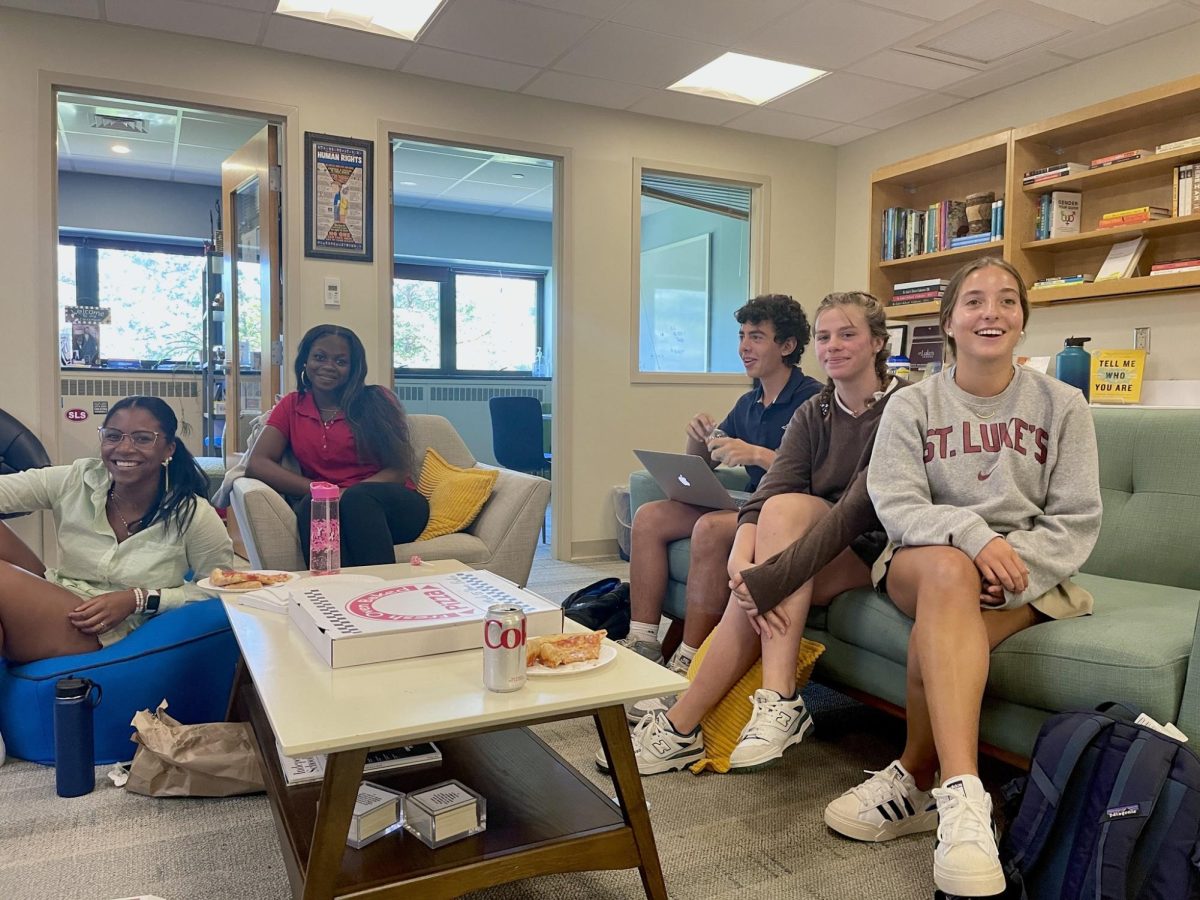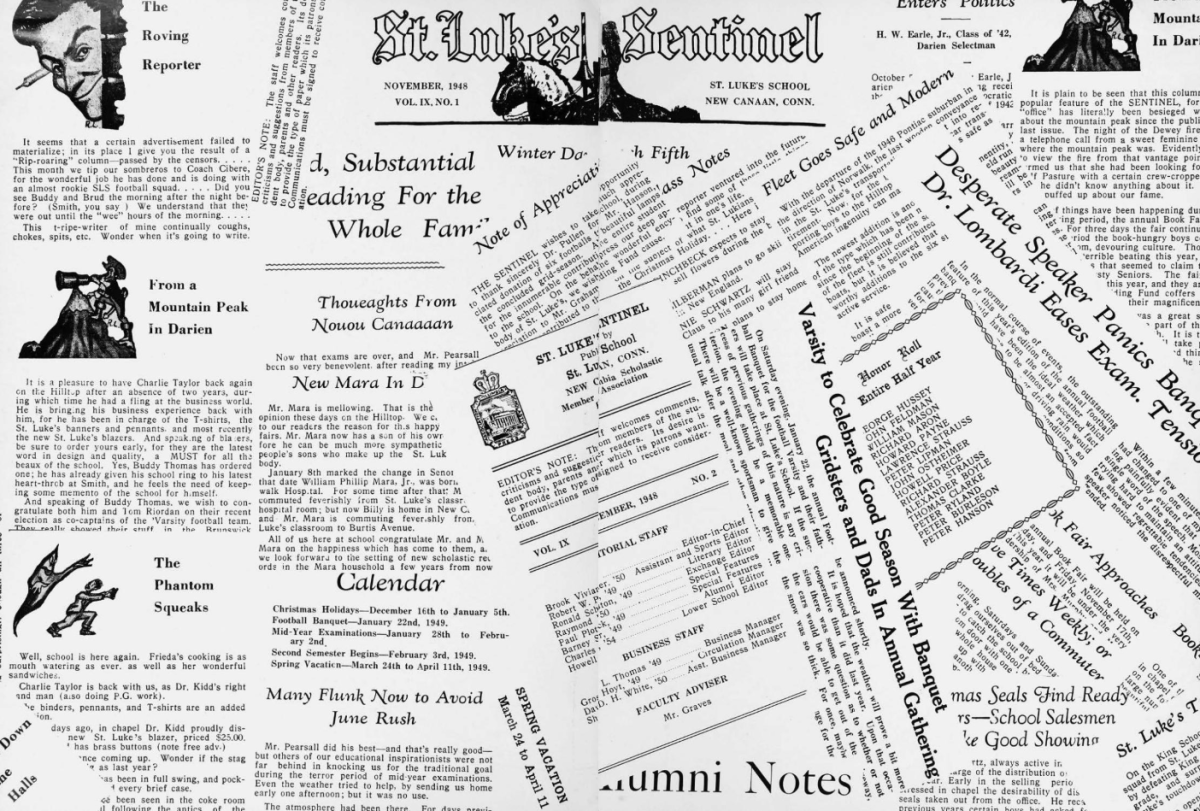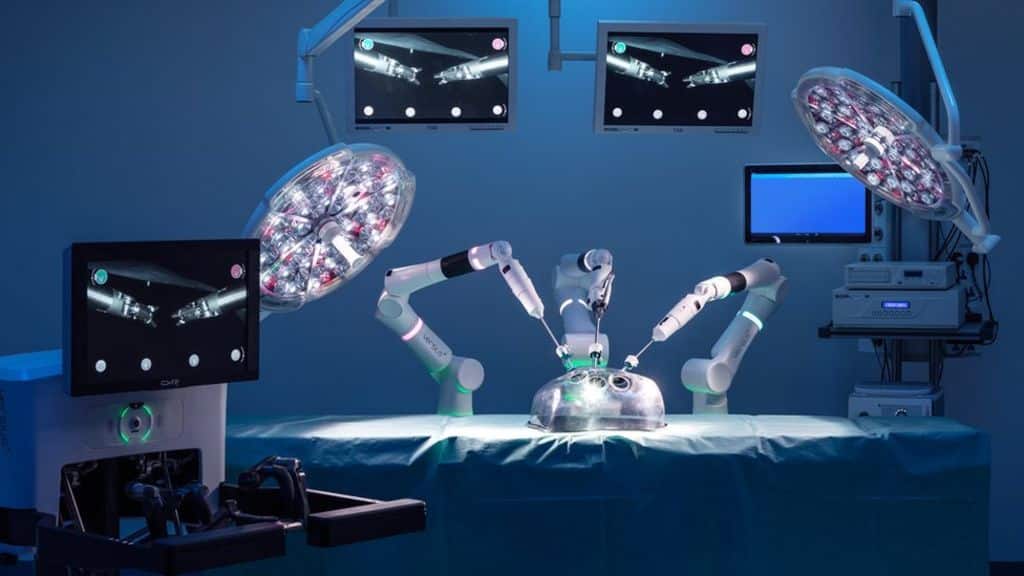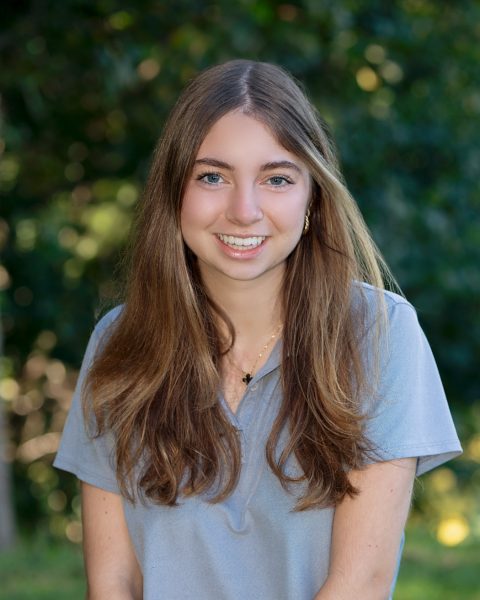The St. Luke’s Upper School had its first Community Goals for Learning (CGL) Discussion on November 6. The program had a huge redesign in preparation for this school year; here is a look into those changes.
Beth Yavenditti, Director of Global Education and Leadership Studies Department Chair, was a key faculty member in the creation of the Student CGL Board.
When asked what inspired her to create the board, Yavenditti said, “It’d be more interesting if students could have a role in designing things that were interesting to them.”
She wanted CGLs to be an experience for “building student leadership capacity and getting engagement from students that wasn’t a way of teachers just deciding a topic.”
The main goal was for students to have full control over the conversations.
This school year, CGLs look a lot different than they did previously.
Yavenditti said, “The board is bigger, and CGLs are now once per season: fall, winter, and spring.”
By regulating the number of CGLs per season Yavenditti said, “It just seems a lot more manageable as the numerous CGLs added to the fatigue around having these conversations.”
As the Upper School integrates this new structure, Yavenditti hopes that this restructuring will enrich the student experience.
She said, “I hope that students feel more a part of the process and feel that it’s less ‘top down’; I hope people feel engaged and interested, and the students leading it are learning how to lead an event for different audiences: faculty and students.”
When it comes to picking a topic for the CGL, Yavenditti said, “The board surveys students on what is interesting to them and looks at current events.”
However, the main deciding factor for picking a CGL topic is the students on the board taking “the pulse of the student body and figuring out what people wanted to talk about.”
The Upper School has already had their first CGL about age laws.
Yavenditti said, “The students were really engaged, and the facilitators were doing what they needed to do.” She “heard some good things and some that were like ‘yeah, it was fine.’”
When asked what she thought needed to be improved, Yavenditti said, “I would love to make sure the facilitators have the information earlier so they are more comfortable and more personalized for their group.”
As the year progresses, Yavenditti hopes to have “more student engagement.” She and the CGL board are already trying to recruit more members by having “the advisory board leaders facilitate the 9th-grade advisories so next time we can have more 9th facilitators.”
Overall, a goal she has for the future is “building a pipeline of our facilitators and strengthening our facilitators’ abilities and building a really engaging topic for students.”
As CGLs have become restructured, many students are curious about how to become more involved. Yavenditti commented on the recruitment process and stated, “It is based on interest and willingness to engage.” The board “meets roughly every three to four weeks so commitment matters.” Overall the board wants “good energy and a wider variety of viewpoints.”
The future for CGLs is bright and only getting brighter, so submit an application and look out for the next discussion.








![iStock. (n.d.). Anonymous business partners making handshake in shadow [Photograph].](https://digitalsentinel.org/wp-content/uploads/2025/04/Screenshot-2025-04-16-at-3.42.57 PM.png)







